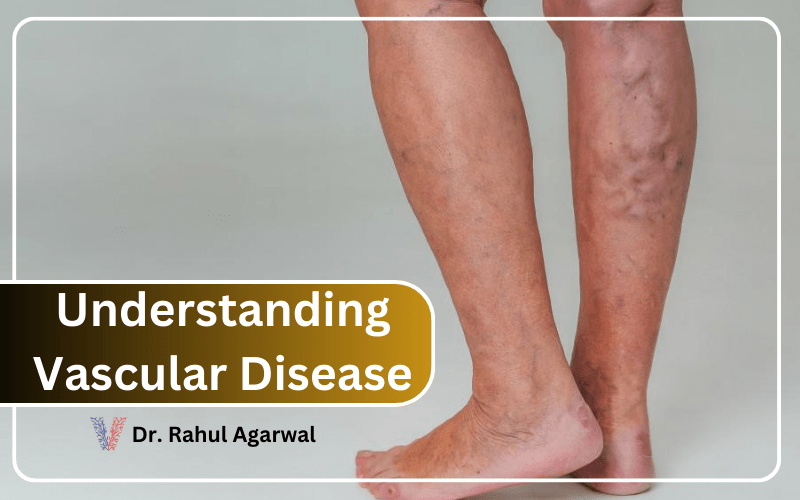Understanding ATPL Brain Disease: Causes, Symptoms, And Treatment Options
So, let's dive straight into it, folks. ATPL brain disease is a term that might sound unfamiliar to many, but it's a critical condition worth understanding. This rare neurological disorder affects a specific part of the brain, leading to various cognitive and physical impairments. Whether you're here because you're curious, concerned, or just want to learn more about this topic, you're in the right place. Today, we're breaking down everything you need to know about ATPL brain disease in a way that's easy to digest, yet packed with valuable insights.
You might be wondering, "What exactly is ATPL brain disease?" Well, buckle up, because we're about to unpack it all. ATPL stands for Adenosine Triphosphate (ATP) Linked, which refers to the energy production process in the brain. When this process goes awry, it can lead to devastating consequences for the individual. From understanding the root causes to recognizing the symptoms, we'll explore every angle of this condition so you can make informed decisions for yourself or your loved ones.
Here's the deal: this isn't just another article filled with jargon and fluff. We're committed to delivering actionable, reliable, and engaging content that empowers you with knowledge. Whether you're a caregiver, a patient, or simply someone who wants to stay ahead of the curve, understanding ATPL brain disease is more important than ever. Let's get started!
Read also:Bryan Adams Personal Life A Deep Dive Into The Life And Legacy Of The Iconic Musician
Contents:
- What is ATPL Brain Disease?
- Causes of ATPL Brain Disease
- Common Symptoms
- Diagnosis Process
- Treatment Options
- Lifestyle Management
- Emotional Impact on Patients
- Research and Advancements
- Prevention Tips
- Support Systems for Families
What is ATPL Brain Disease?
Let's start with the basics. ATPL brain disease, as mentioned earlier, is a condition linked to the disruption of ATP production in the brain. ATP is essentially the energy currency of our cells, and when it's compromised, the brain struggles to function properly. Think of it like a car running out of fuel—it simply can't perform as it should. This condition is rare but serious, and it affects individuals differently based on factors like age, genetics, and overall health.
How Does ATPL Affect the Brain?
ATPL brain disease primarily targets the brain's energy production pathways. The brain relies heavily on ATP to carry out essential functions, such as memory, motor skills, and cognitive processing. When ATP levels drop, these functions begin to deteriorate. It's like trying to run a marathon without enough water or energy bars—your body just can't keep up. Understanding how ATP works in the brain is key to grasping the severity of this condition.
Here's a quick rundown of how ATP affects the brain:
- Regulates neurotransmitter release
- Maintains cell membrane stability
- Powers ion pumps for nerve signaling
- Supports synaptic plasticity
Causes of ATPL Brain Disease
Now, let's talk about what causes this condition. ATPL brain disease isn't something that happens overnight—it often stems from a combination of genetic, environmental, and lifestyle factors. Here's a closer look at some of the primary causes:
Read also:Ted Turner Net Worth The Visionary Behind The Fortune
Genetic Mutations
One of the leading causes of ATPL brain disease is genetic mutations. These mutations can disrupt the enzymes responsible for ATP production, leading to a cascade of problems in the brain. Scientists have identified several genes linked to this condition, including those involved in mitochondrial function. If you have a family history of neurological disorders, your risk of developing ATPL brain disease may be higher.
Environmental Factors
Environmental triggers can also play a significant role. Exposure to toxins, such as heavy metals or industrial chemicals, can damage brain cells and impair ATP production. Additionally, chronic stress and poor nutrition may exacerbate the condition, making it even harder for the brain to function optimally.
Common Symptoms
Recognizing the symptoms of ATPL brain disease is crucial for early intervention. While symptoms can vary from person to person, there are some common signs to watch out for:
- Cognitive decline
- Memory loss
- Difficulty with motor skills
- Seizures
- Mood swings
- Speech impairment
Early Warning Signs
It's important to note that early warning signs may be subtle. For instance, someone with ATPL brain disease might experience mild confusion or forgetfulness at first. As the condition progresses, these symptoms can become more pronounced, affecting daily life significantly. If you notice any of these signs in yourself or a loved one, don't hesitate to seek medical advice.
Diagnosis Process
Diagnosing ATPL brain disease isn't always straightforward. It typically involves a combination of medical tests, imaging studies, and genetic analysis. Here's a breakdown of the diagnostic process:
- Neurological exams
- MRI or CT scans
- Blood tests for genetic markers
- Electroencephalogram (EEG) to detect abnormal brain activity
Why Early Diagnosis Matters
Early diagnosis is key to managing ATPL brain disease effectively. The sooner the condition is identified, the better the chances of slowing its progression. Plus, early intervention can help improve quality of life for patients and their families. So, if you suspect something's off, don't wait—reach out to a healthcare professional ASAP.
Treatment Options
When it comes to treating ATPL brain disease, there's no one-size-fits-all solution. Treatment plans are highly individualized and depend on the severity of the condition, as well as the patient's overall health. Here are some common treatment options:
- Medications to manage symptoms
- Physical therapy to improve motor skills
- Cognitive therapy to enhance mental function
- Supplements to boost ATP production
Emerging Therapies
Researchers are constantly exploring new therapies to combat ATPL brain disease. Gene therapy, for example, holds promise in correcting genetic mutations responsible for the condition. Additionally, advancements in stem cell research may one day provide a cure for this debilitating disorder. While these treatments are still in the experimental phase, they offer hope for the future.
Lifestyle Management
Lifestyle changes can make a big difference in managing ATPL brain disease. From diet to exercise, there are several strategies you can adopt to support brain health:
- Eating a balanced diet rich in antioxidants
- Engaging in regular physical activity
- Practicing stress-reducing techniques like meditation
- Avoiding exposure to harmful toxins
The Role of Nutrition
Nutrition plays a vital role in brain health, especially for those with ATPL brain disease. Foods high in omega-3 fatty acids, vitamins, and minerals can help support ATP production and protect brain cells from damage. So, next time you're at the grocery store, consider stocking up on brain-boosting foods like salmon, walnuts, and leafy greens.
Emotional Impact on Patients
Living with ATPL brain disease can take a toll on a person's emotional well-being. Patients often experience anxiety, depression, and frustration as they navigate the challenges of the condition. It's essential to address these emotional aspects alongside physical symptoms. Counseling, support groups, and therapy can all play a role in helping patients cope with the emotional impact of the disease.
Research and Advancements
The scientific community is making strides in understanding ATPL brain disease. Recent studies have shed light on the underlying mechanisms of the condition, paving the way for new treatments and therapies. Collaborations between researchers, clinicians, and patient advocacy groups are driving innovation in this field, giving hope to those affected by the disease.
What's on the Horizon?
Looking ahead, there are several exciting developments on the horizon. From personalized medicine to cutting-edge technology, the future of ATPL brain disease treatment looks promising. Scientists are also working on ways to improve early detection methods, ensuring that patients receive the care they need as soon as possible.
Prevention Tips
While there's no guaranteed way to prevent ATPL brain disease, there are steps you can take to reduce your risk. Maintaining a healthy lifestyle, avoiding environmental toxins, and staying informed about your family's medical history can all contribute to better brain health. Remember, prevention is always better than cure!
Support Systems for Families
Finally, let's talk about the importance of support systems for families dealing with ATPL brain disease. Having a strong network of friends, family, and healthcare professionals can make all the difference. Support groups, both online and offline, provide a safe space for sharing experiences and learning from others. Don't hesitate to reach out for help when you need it—you're not alone in this journey.
In conclusion, understanding ATPL brain disease is the first step toward managing and overcoming its challenges. By staying informed, seeking early diagnosis, and exploring treatment options, you can take control of your health and improve your quality of life. So, what are you waiting for? Share this article with someone who might benefit from it, leave a comment with your thoughts, and keep the conversation going. Together, we can make a difference!


